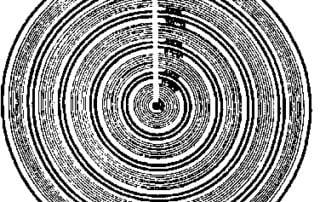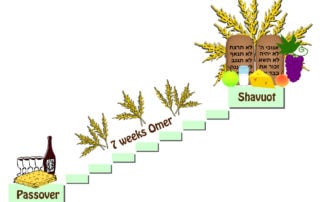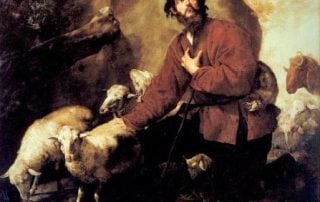Let There Be Light
And G‑d said: “Let there be light.” And there was light. And G‑d saw the light, that it was good; and G‑d separated between the light and between the darkness. And G‑d called the light day, and the darkness He called night. And there was evening and there was morning, one day. (Genesis 1:3-5) This short passage from Genesis presents several difficulties that many classical commentators struggle to address. The first problem has to do with darkness and the separation of light from darkness. As we know today, darkness is not a substance—it is merely the absence of light. The verse states that G‑d separated between the light and the darkness. Presumably, before this “separation,” the light and the darkness existed together. How is this possible? By definition, the presence of light [...]






